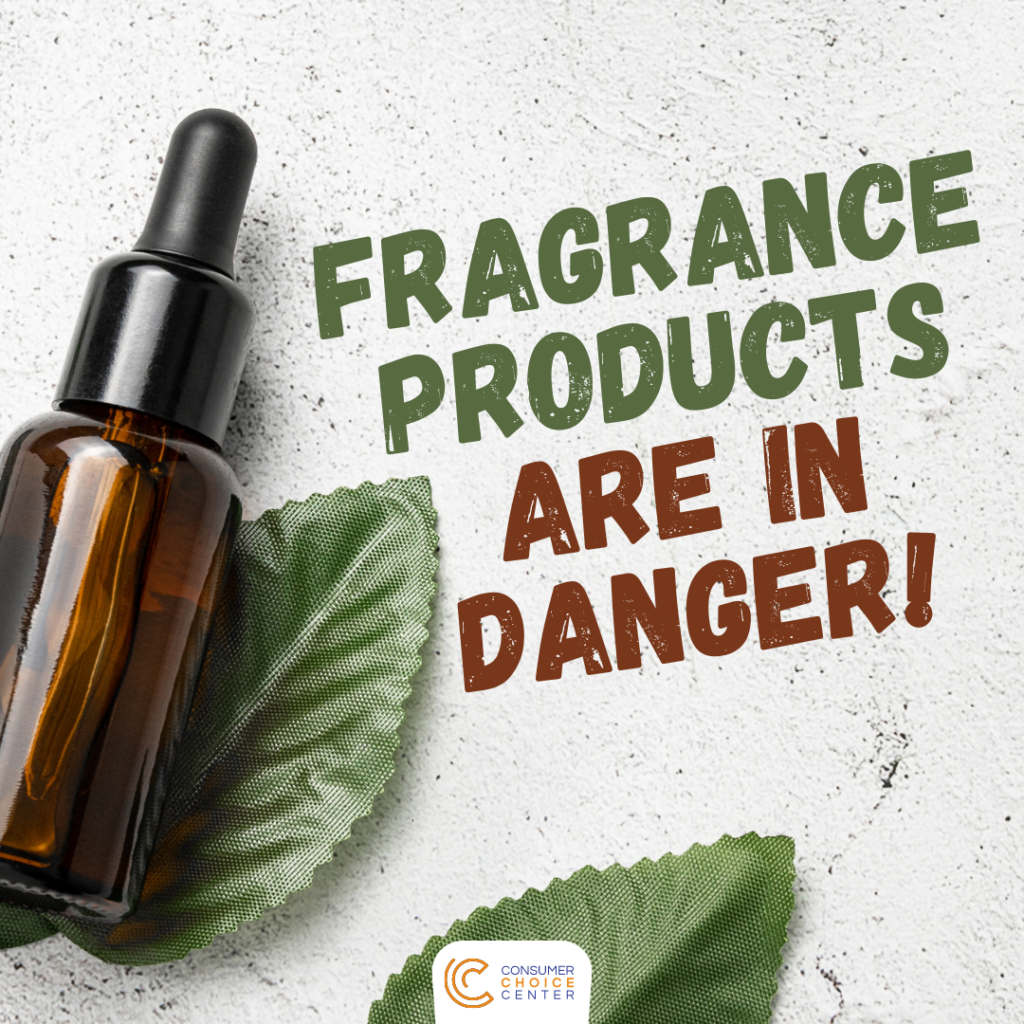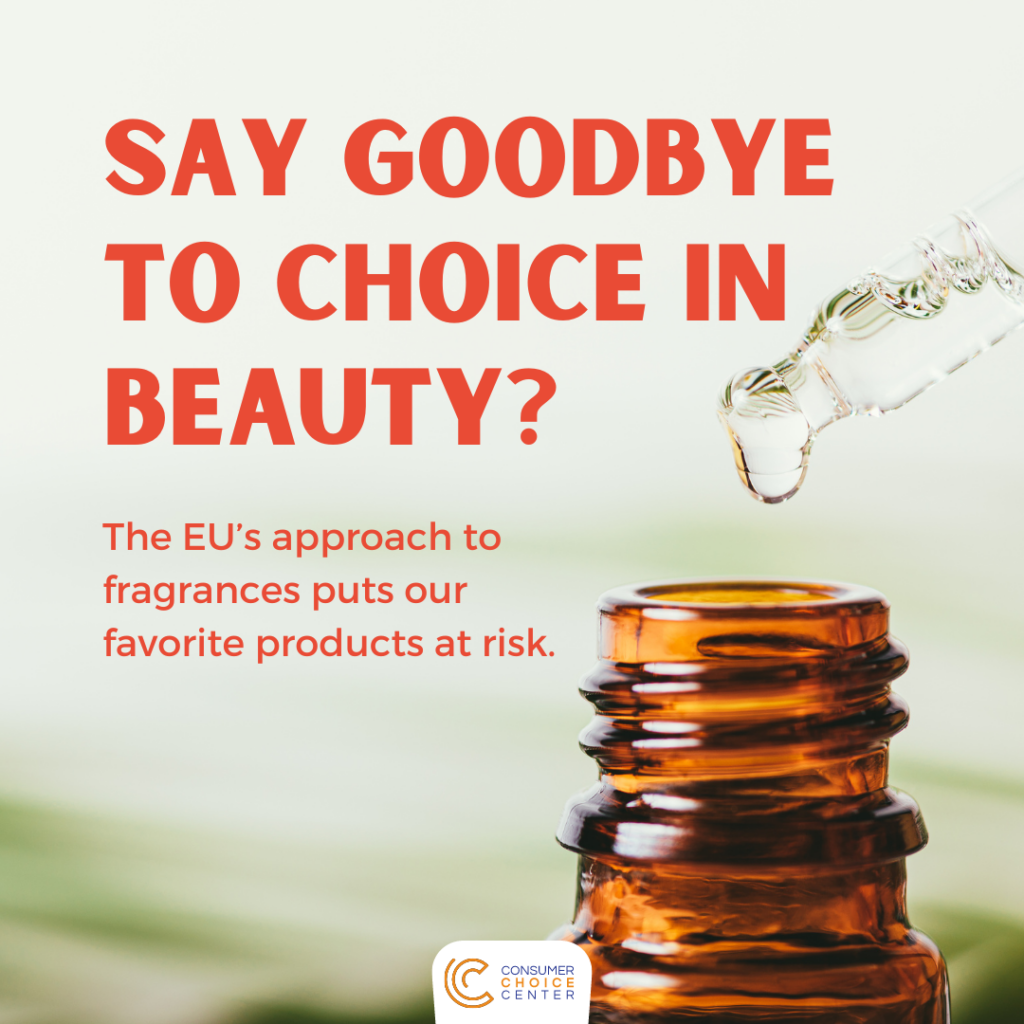The European Union’s Chemical Agency (ECHA) intends to promote a hazard-focused approach to chemical regulation moving forward. And by pursuing absolute safety, the hazard approach endangers the health of European consumers, the survival of several European industries, and the economic progress of European countries.
As part of the Green New Deal, the European Union’s Chemical Agency (ECHA) plans to promote a “sustainable-by-design” point of view outlined in the Chemicals Strategy for Sustainability adopted on the 14th of October 2020. The ECHA aims to achieve its goal by adopting a hazard-based mentality. According to the hazard model, the mere presence of one potentially dangerous component in a product is enough to justify restricting its sale or preventing it from entering a specific sector (officially termed “pre-market measures”).
In the wake of the Strategy for Sustainability, the ECHA will place essential oils under the new REACH and CLP category of persistent mixtures in the human body. Under this new classification, if just one molecule of 600 in the oil could be harmful when analyzed under conditions that never hold in the real world, the entire product may be labeled dangerous and restricted.
More than just repellents, essential oils are integral to perfumes, toiletries, and makeup accessories, creating the ‘clean beauty’ cosmetics market as we know it today. Nine hundred ninety-two indispensable ingredients in the industry come from these natural extracts. Their hydrophobic, anti-inflammatory, anti-microbial, and anti-oxidant properties make them ideal as emulsions that are easy to apply, hygienic, long-lasting, and suitable for diverse skin types. For example, peppermint and lavender do not just emit a pleasant smell. Their anti-oxidant features mean they decelerate the cell degradation process (of great potential for any anti-aging gel). As non-steroidal anti-inflammatories, they help reduce pain with minimal complications. And their anti-fungic and anti-microbial nature helps keep a customer’s skin clear of unwanted acne or infections. Unsurprisingly, the oils combine into the 3,225 fragrances that grant world-famous perfumes like Givenchy and Channel their unique odor and shampoos and makeup kits their vibrant colors.
In addition, a 2.21 billion dollar natural beauty cosmetics and perfumes industry is at risk; 255,000 employees and 1.71 million jobs could stay in limbo. Bulgaria, France, Italy, and Spain stand to lose 892 million euros in export revenue and at least 68,500 farmers and workers. Restricting or banning essential oils threatens the entire ‘clean beauty’ industry.


What holds in theory does not necessarily apply in practice. In pursuing absolute safety, the hazard approach endangers the health of European consumers, the survival of several European industries, and the economic progress of European countries.

Research Manager
We will, from time to time, keep you updated on new and troublesome regulations in your country and ways that you can help use fight them. Don’t worry, being a member is always free!